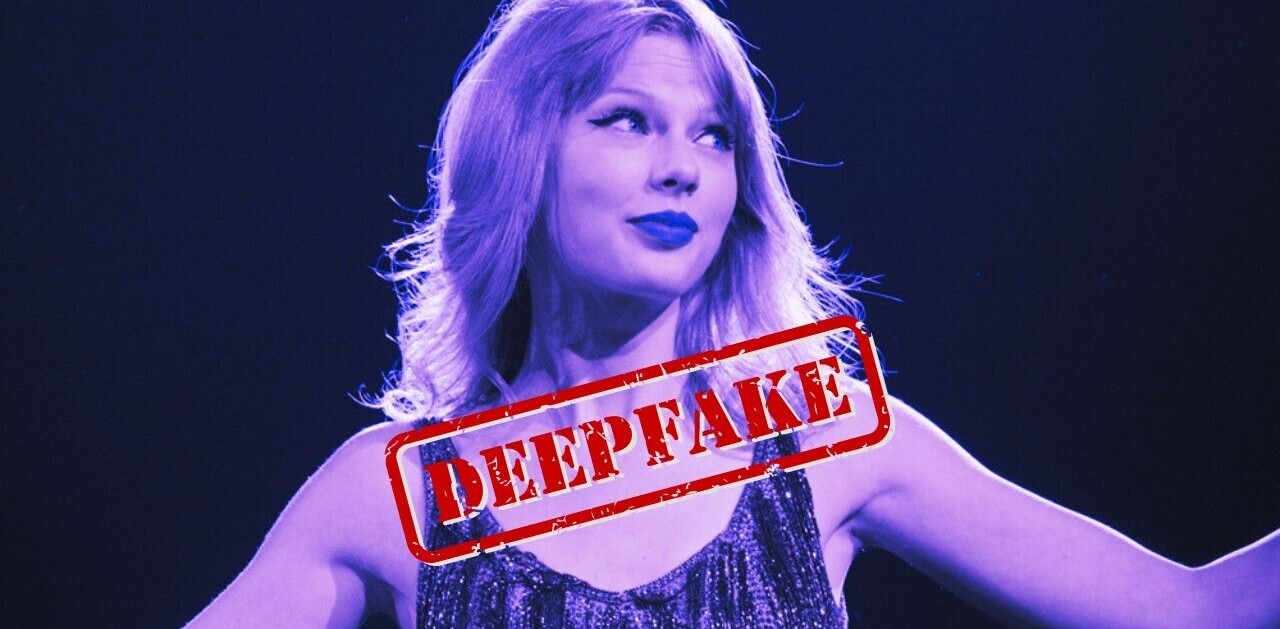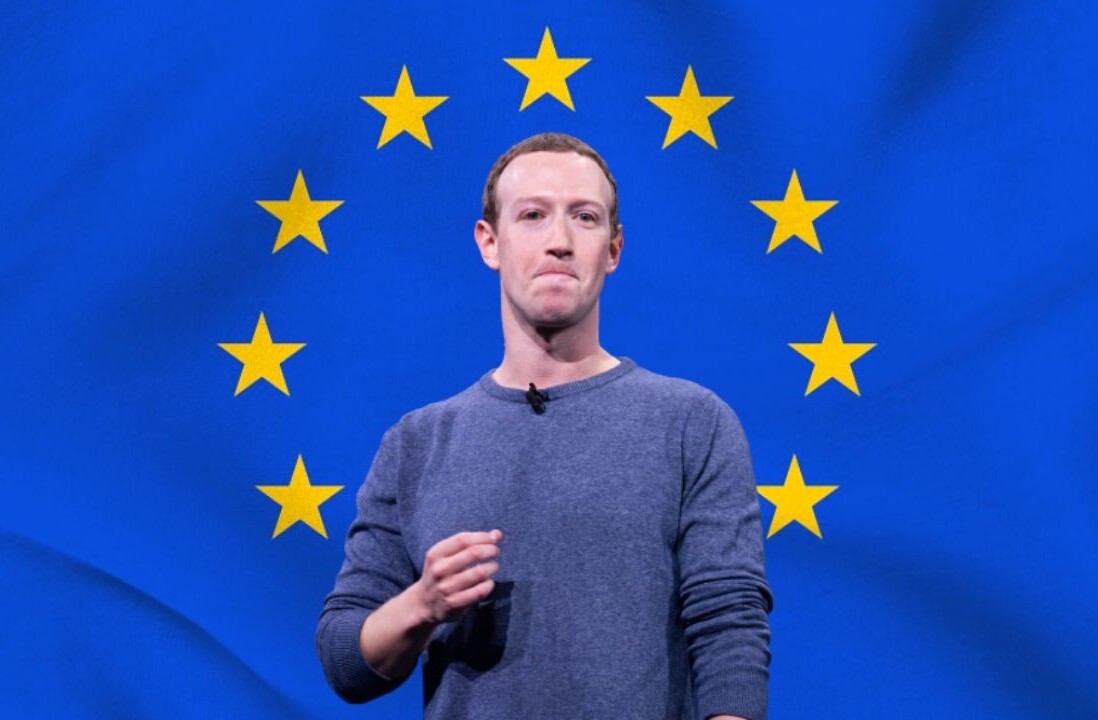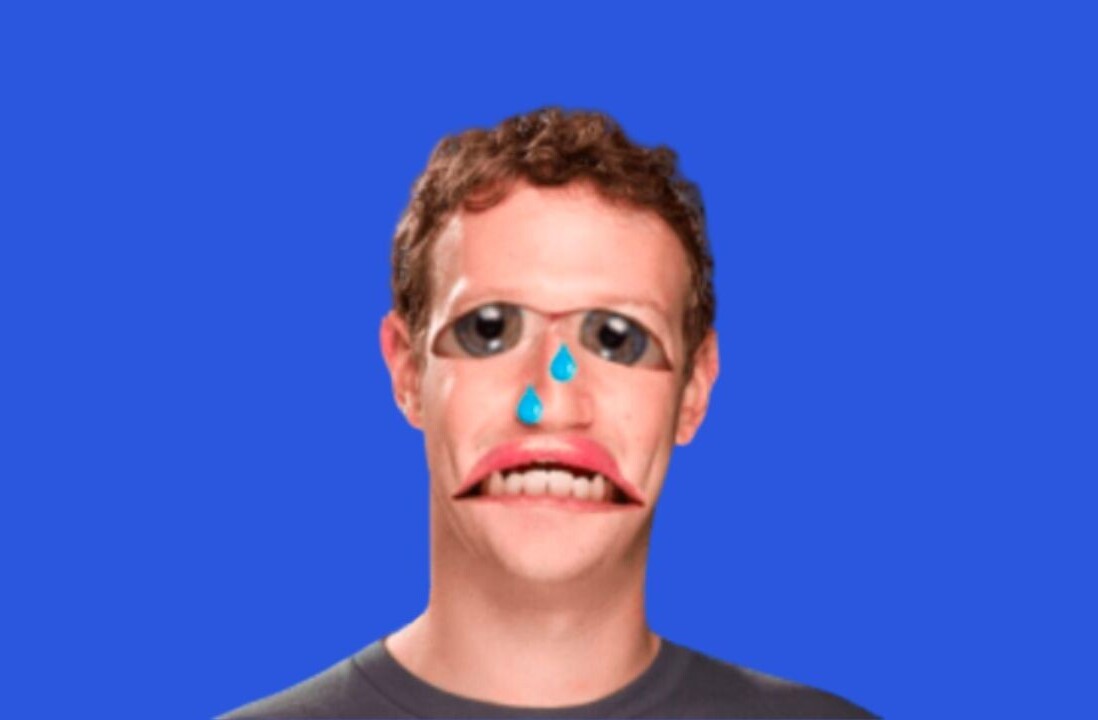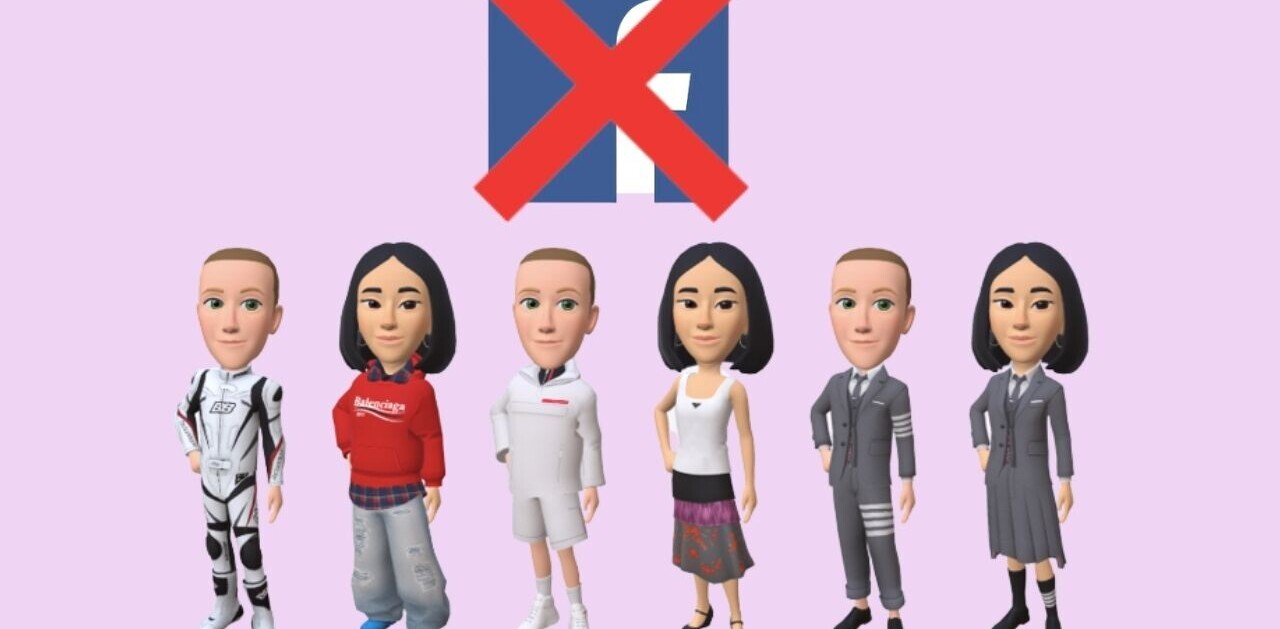![The Sweet Success Of A Facebook Campaign [Ogilvy Interview]](https://img-cdn.tnwcdn.com/image?fit=1280%2C720&url=https%3A%2F%2Fcdn0.tnwcdn.com%2Fwp-content%2Fblogs.dir%2F1%2Ffiles%2F2011%2F01%2Flacta-surprises-tab1.png&signature=f5880e492c5d2c068cd85a4e8cbe5c63)
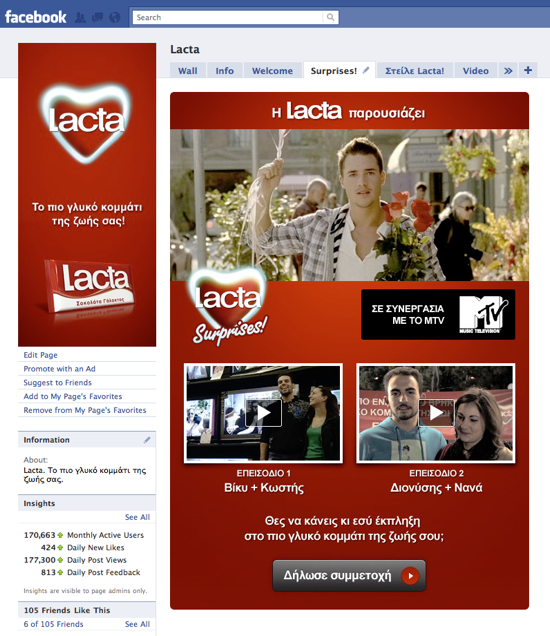
Chocolate brands gain more buzz online as Valentine’s Day is getting closer, most recently though a Greek chocolate brand, Lacta, became the center of attention because of it’s highly successful Facebook campaign by OgilvyOne Athens, boosting its Facebook Likes by 300%. The campaign does not only involve a Facebook app, but also goes beyond social media to produce a series of mini-episodes, Lacta Surprises in collaboration with MTV, enabling people in love to surprise their loved ones in the sweetest way. Whoever wants to surprise his/her loved one can apply through Lacta’s Facebook page.
 We talked with Executive Creative Director at OgilvyOne Athens, Panos Sambrakos about, not only Lacta’s campaign, but also transmedia storytelling and the how-to of branded content distributed though different social media platforms.
We talked with Executive Creative Director at OgilvyOne Athens, Panos Sambrakos about, not only Lacta’s campaign, but also transmedia storytelling and the how-to of branded content distributed though different social media platforms.
Can you tell us about the inspiration behind the Lacta campaign? What objective is Lacta setting with this move and how will it measure success?
The integrated campaign for Lacta this year was an intentional move back to the core values of the brand. In times of uncertainty we chose to reinforce the message that Lacta is “the sweetest part of our lives”. This became evident through the TV campaign that features a remake of the classic Lacta song from the 90s, called “the sweetest part of my life”, and of course through everything we’re doing online through our social media efforts.
The inspiration came from what consumers were writing online about Lacta and especially on Facebook. There have been a number of occasions where people compared their loved ones to Lacta’s sweet taste. Adapting our slogan, they were writing: “you might not be Lacta, but you’re the sweetest part of my life”. So we seized the opportunity and build a Facebook app that let them do exactly that. Use Lacta as a metaphor for the sweetest part of their lives. We effectively let people change our brand on the package to that of their lover’s name and post that image on their Facebook wall, as a public declaration of love.
This became a huge viral success in Greece and because of it Lacta’s page is now the biggest for any brand in the country, with 270,000 fans.
Who is in charge of managing Lacta’s social media accounts? How should brands choose who handles their social media accounts and whether this should be done internally or externally?
A team of experienced copywriters and content strategists at OgilvyOne Athens is handling Lacta’s social media accounts. Whenever we need an answer to a question regarding the product itself, we turn to Lacta’s brand management team at Kraft Foods. But more often than not, we’re free to speak on the brand’s behalf and use social media in a spontaneous and natural way.
As to what should brands generally do, there’s not one solution for all. Some brands for services for example, need to be handled both from within an organization for up to the minute customer support and through a marketing agency.
The Lacta project has several touchpoints: a Facebook page, Facebook app, Twitter account and a series of branded videos in collaboration with MTV. What is the secret in narrating a story consistently on different platforms?
The only “secret” is that you should know exactly what your brand stands for in the eyes of the community. Once you realize how this community was formed around your brand and why people joined in, then you can find out what they need out of it and start “feeding” that need with content, discussions and applications.
Biggest Do and Don’ts for successful branded Facebook applications?
Do listen to what people are already doing on Facebook with your brand, in search of insights. Don’t make things complicated. People should look at the output of an application and realize exactly what they’ll get out of it before they allow it access to their data.
What do you consider the greatest challenge in building a following and engaging customers through branded content?
The biggest challenge is to realize that this isn’t just another push strategy like all advertising has always been. People don’t just sit there expecting a brand message. You have to pull them in and your content should fit their needs first and then meet your communication goals. In other words, your content should first be useful and/or entertaining and then be “branded”.
“Every company is a media company” has become a catchphrase. Could branded content threaten the existence of publishers and agencies?
I don’t believe so. Brands still need platforms created by publishers, in order to push their messages through paid media in a massive way, if only to lure people into branded content and social media initiatives.
How do you ensure the continuity of customer’s engagement in social media beyond the end of a successful campaign?
By not thinking in terms of “campaigns” and by treating social media as an ongoing effort and the everyday presence of your brand among a community of people interested in it.
How do you see the branded content evolving in 2011?
We see a trend lately in producing “reality” branded content, documenting real life experiences of consumers coming into contact with the brand. We’re proud to be among the first brands to do such a campaign with “Lacta Surprises”, our series of hidden-camera shows, documenting surprises we help people stage for their loved ones. So far, we’ve managed to create a lot of emotion judging from the response and comments we’ve got online from the first episodes and our looking forward to more emotional experiences for the duration of the campaign.
***
Success has never tasted so sweet!
Get the TNW newsletter
Get the most important tech news in your inbox each week.
